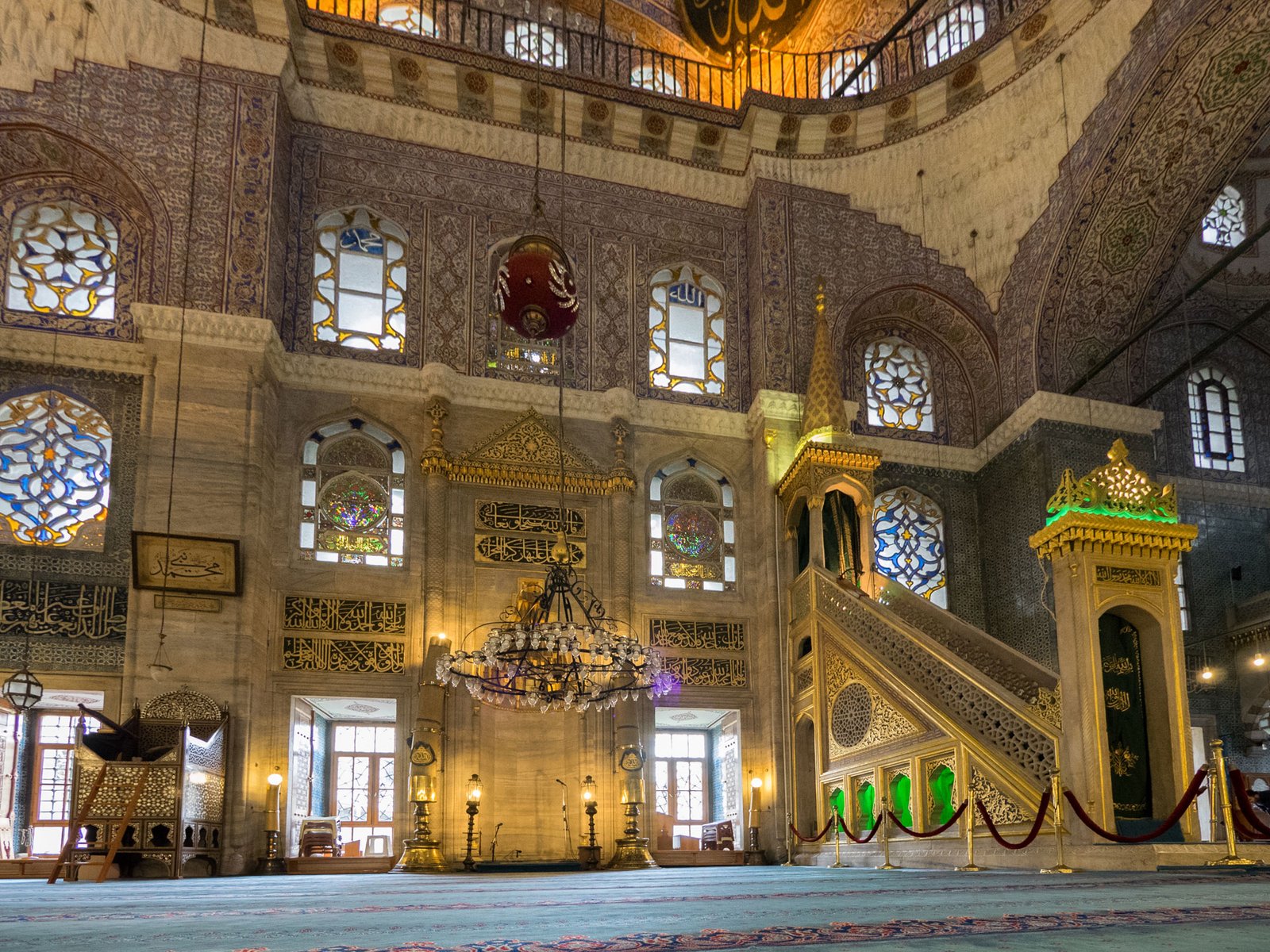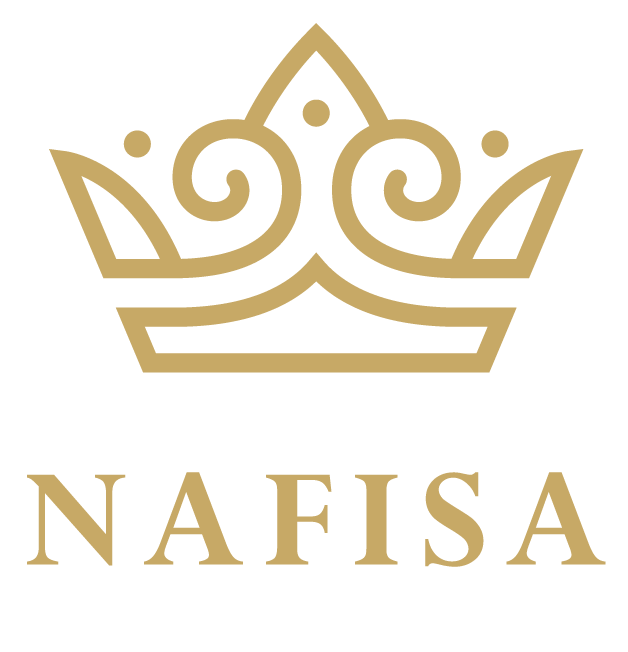
Hybrid cultivar
Northern America
The Lotus Flower
The lotus flower is considered to be the most sacred plant in the world.
Fitra Foundation is the mother of Sayyida Nafisa Seminary.

The lotus flower is considered to be the most sacred plant in the world.

With a life cycle unlike any other, its roots latch in mud, then it submerges into river water every night and miraculously re-blooms the next morning, sparklingly clean.
The closed bud of the pink lotus represents journeying on the spiritual path, while a full-bloom symbolizes enlightenment.

With a fascinating will to live, the lotus seed can withstand depravation from water for thousands of years, able to germinate two centuries later.
The purple lotus represents royalty and dignity.

The lotus is the perfect metaphor for the primordial disposition of the human soul, the fitra.
The blue lotus symbolizes sincerity, wisdom, and inspiration.

The fitra is our ancient self, the part of us that knows God intuitively, and – despite being implanted in this muddy world — retains its original, pure state. It is the part of every human being that yearns to bloom in the gardens of Paradise.
The white lotus symbolizes beauty, grace, purity of mind, fertility, and faith, often referred to as the “Womb of the World.”
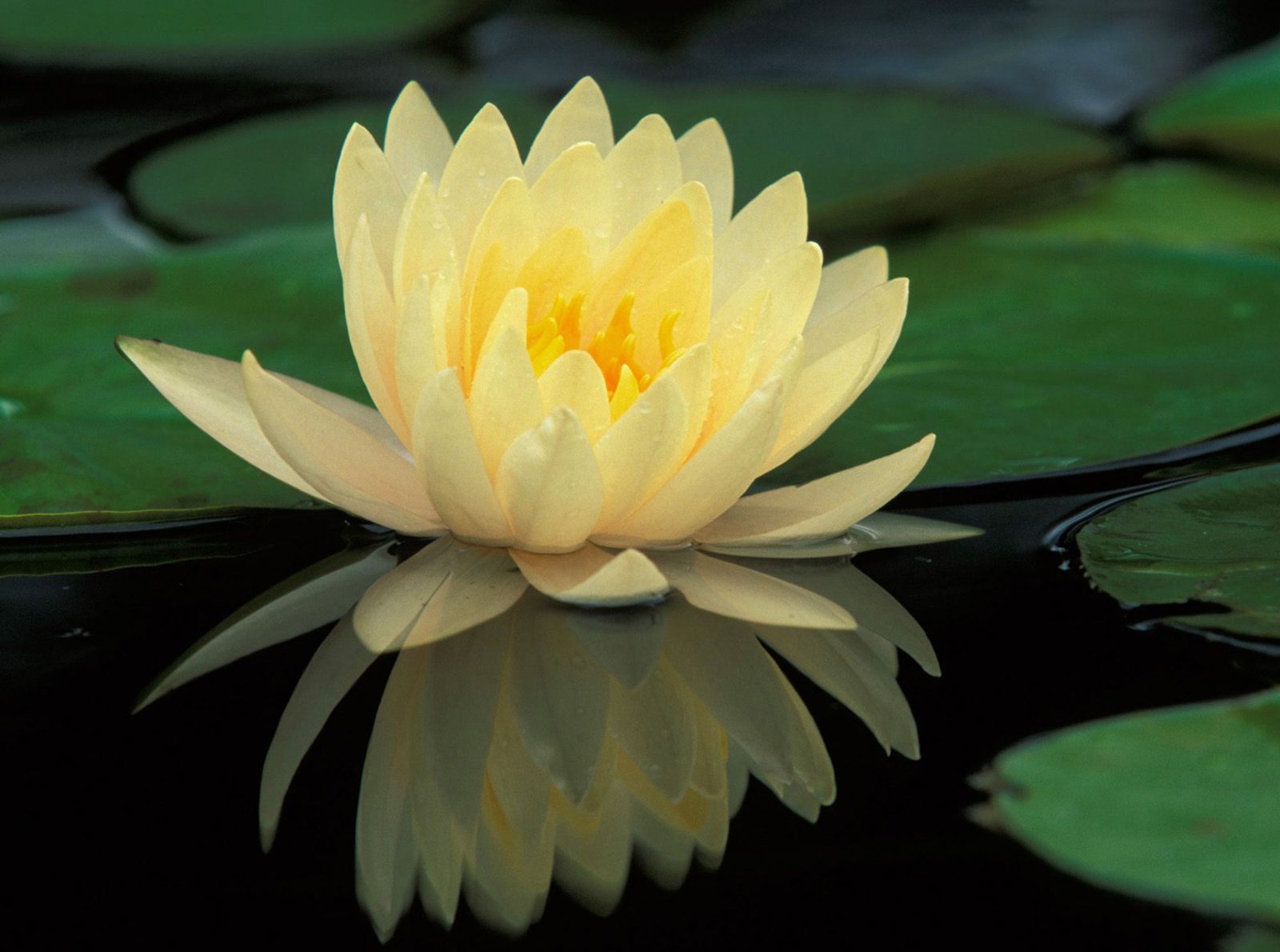
Islam is to the fitra what sun, water, air, and earth are to the lotus.
Fitra Foundation aims to provide the elements of religious vitality that will keep the lotus blooming.
The yellow lotus represents knowledge, creativity, and optimism.
Religious vitality requires drawing upon tradition.

The highest aim of scholarship is to develop the prophetic mindset. The Islamic tradition is unrivaled in its impartial intellectual expansion of a knowledge ethos rooted in the integrity of revelation.

The great Islamic thinkers – with hearts rooted in faith and watered by devotion – produced the lushest, most fruitful, most colorful of intellectual gardens.

The imparting of sacred knowledge is the highest Divine Trust, a covenant with the Messenger of God. Those who impart it are duty-bound to exhibit the highest level of honesty. It was for this reason that an entire sub-field of Islamic scholarship developed to grade narrators – not on the basis of precision alone – but, first and foremost, on the basis of personal integrity.
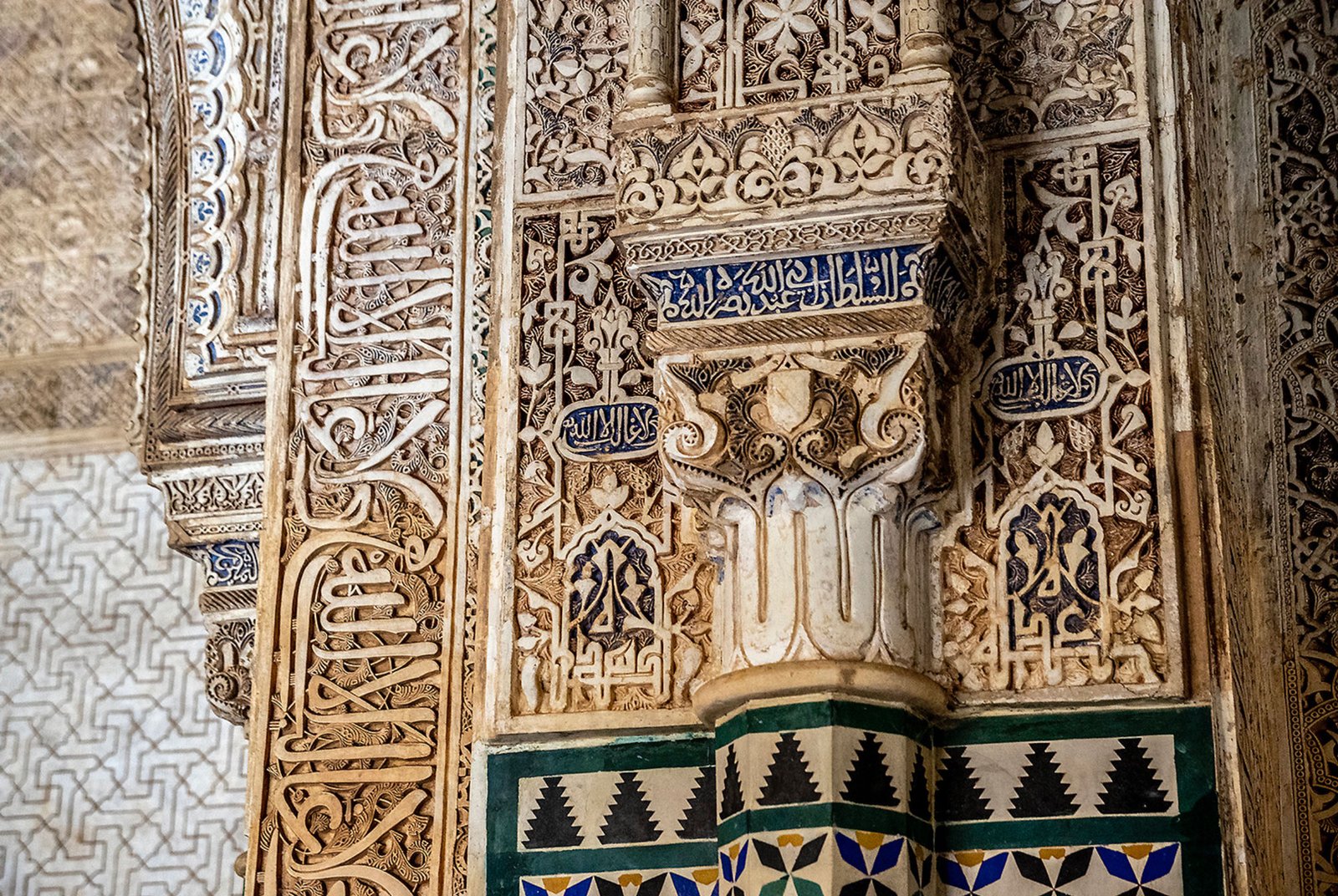

Religious vitality requires transcendence.

The Islamic ideals of moral rectitude, whether in dealing with God or others, flow from the wellspring of Divine consciousness. When adab becomes disembodied from its source, it takes on a form that betrays its soul.
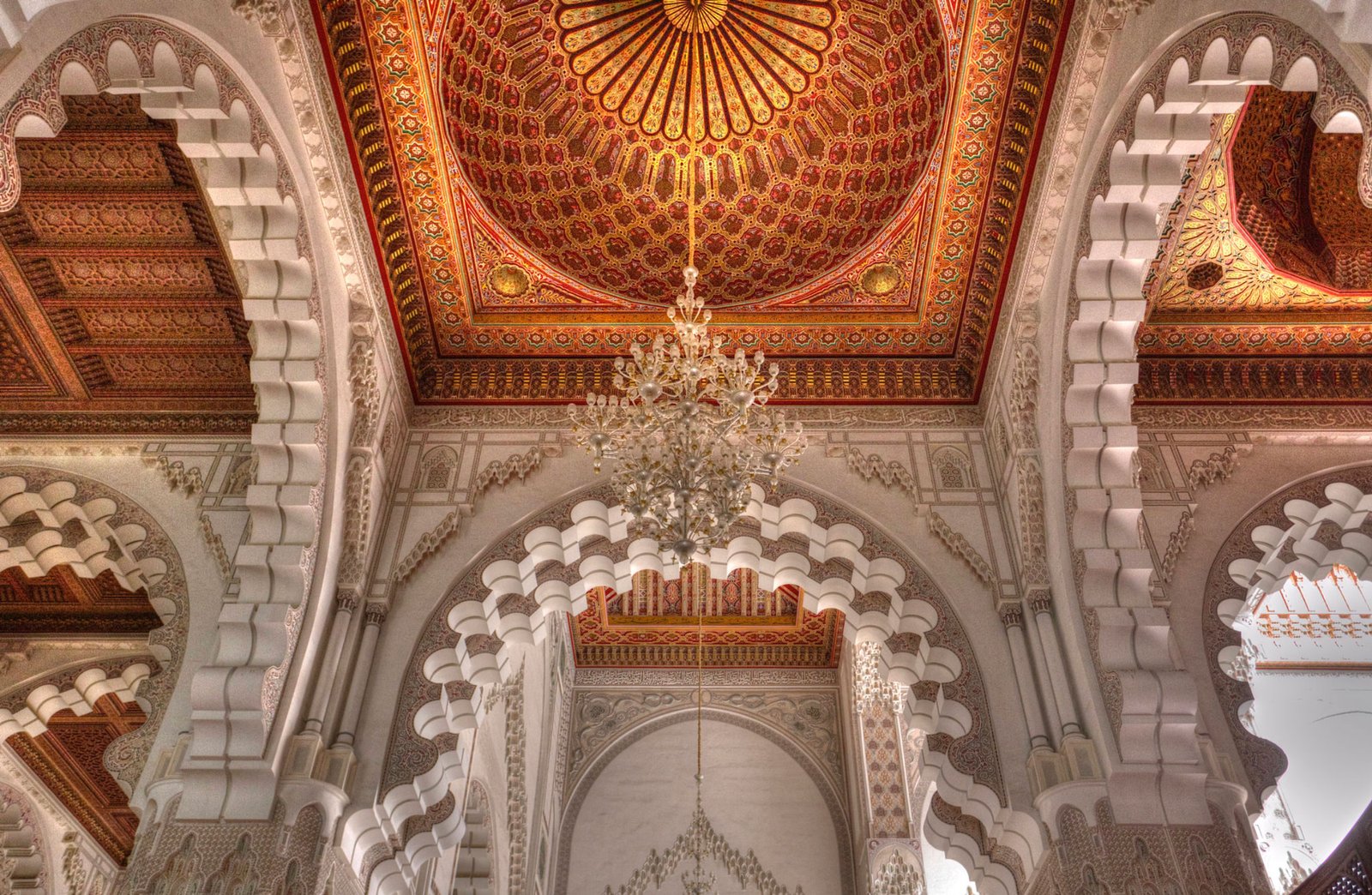
While ethical understanding was highly intuitive to previous generations, later times have seen a great decline in this respect. Rare it is to find a madrasa curriculum that includes works on adab and living examples prove even more scarce – a sad reality that reflects negatively upon this noble pursuit.
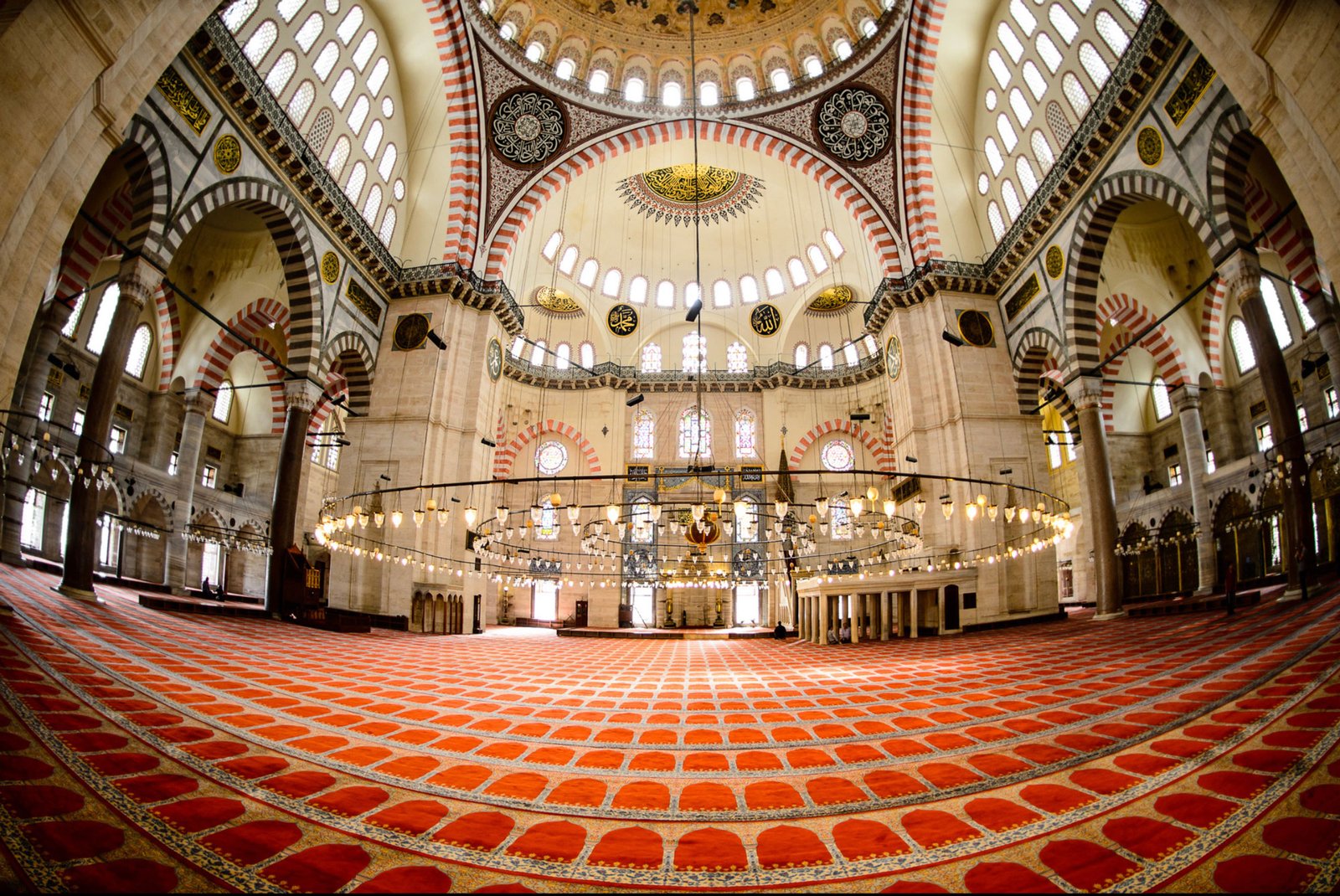
In times when intellectual strife has become an art form, morality has become the brush stroke of every vain self-portrait. Those who decry a disconnect from the early generations of Islam, thereby disregarding centuries of scholarly achievement, would do better to direct their misguided revival tendencies to resuscitating the ailing body that is adab.

The revival of the Islamic code of ethics is an integral element in producing true scholarship. This code imbues the values of truth, courage, perseverance, loyalty, respect, compassion, humility, and averting harm.
Not far from the principles that govern individual rectification, institutional integrity also rests upon the pillars of self-scrutiny, impartial evaluation and deep introspection. These values are ingrained in our institutional identity, that Divine Favor may bestow upon us longevity of purpose and contribution.
